Major market players are spending a lot of money on R&D to increase their product lines, which will help the Polyacrylamide market grow even more. Market participants are also taking a range of strategic initiatives to grow their worldwide footprint, including new product launches, contractual agreements, mergers and acquisitions, increased investments, and collaboration with other organizations. Competitors in the Polyacrylamide industry must offer cost-effective items to expand and survive in an increasingly competitive and rising market environment.
One of the primary business strategies adopted by manufacturers in the global Polyacrylamide industry to benefit clients and expand the Polyacrylamide market sector is to manufacture locally to reduce operating costs. In recent years, Polyacrylamide has provided some of the most significant benefits.
SNF (France) is a privately held, specialty chemical company based in the Rhone-Alpes region of France, with a long-standing presence on every continent. With 21 production sites in Europe, Asia, Australia, and America, with a production capacity of 1,325,000 tonnes, SNF has the largest polyacrylamide production capacity in the world. SNF products are sold into 130 countries, across every sector of the economy, with 70 subsidiaries located in more than 40 countries, in 3 major economic regions.
In July 2022, Governor John Bel Edwards and SNF Holding Company President John Pittman confirmed the company is investing an additional $375 million to expand its water-treatment and water-conditioning polymer production plant near Plaquemine, Louisiana. With the investment, the company will retain 390 existing jobs while adding 150 positions with an average annual salary of $87,300, plus benefits. Louisiana Economic Development estimates that upon full employment of 540 jobs, the project will support 1,400 direct and indirect jobs in Iberville Parish and the broader Capital Region.
Also, BASF SE (Germany) is one of the leading chemical producers in the world. Its portfolio is organized into six segments, namely, chemicals, materials, industrial solutions, surface technologies, nutrition & care, and agricultural solutions. The company has an extensive regional presence. It has subsidiaries and joint ventures in more than 80 countries and operates 390 production sites in Europe, Asia-Pacific, North America, and Africa. BASF has customers across more than 190 countries and supplies products to a range of industries. In April 2019, BASF expands production of polyacrylamide powder in Nanjing, China.
The new fully owned asset in China expands BASF’s global PAM manufacturing footprint for the mining and oilfield industries which relies primarily on long term supply agreements with production units in Europe, North America and Australia.
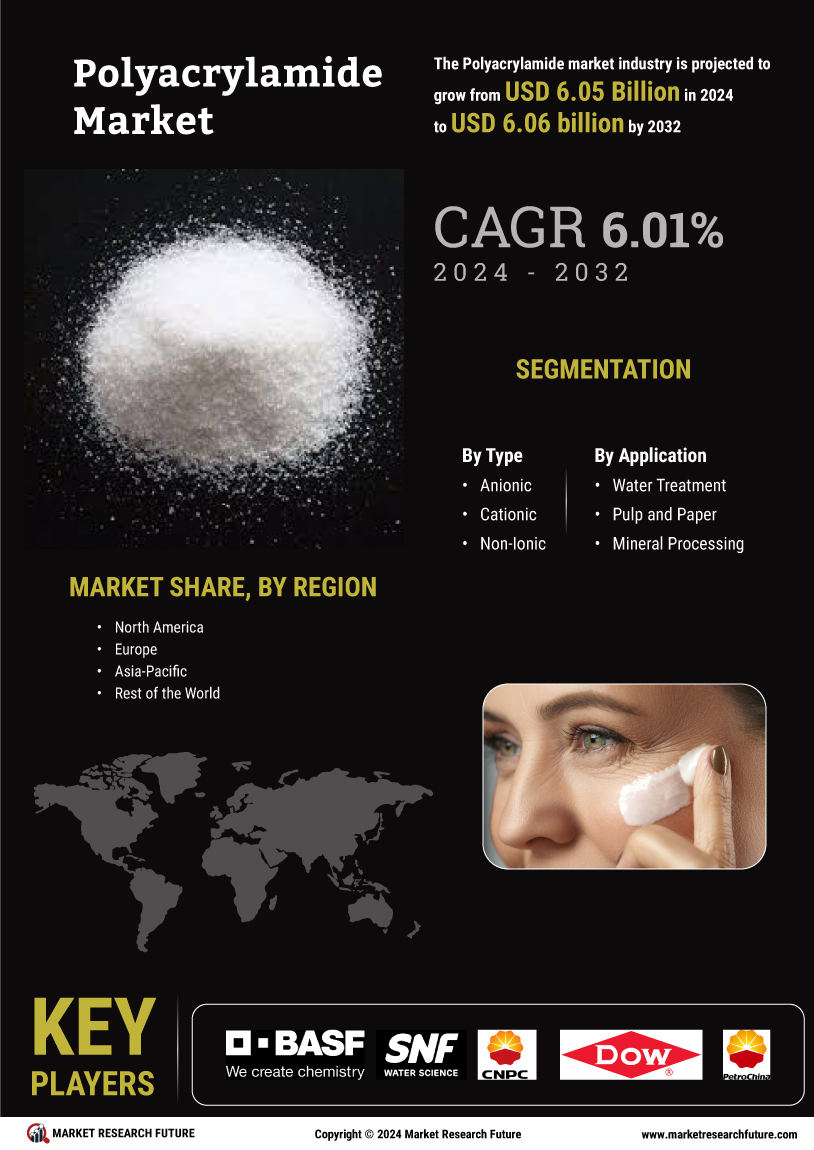

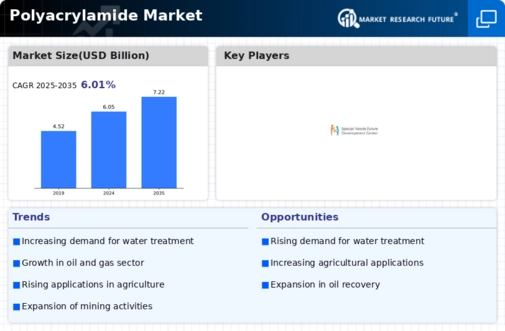
 Source: Secondary Research, Primary Research, Market Research Future Database and Analyst Review
Source: Secondary Research, Primary Research, Market Research Future Database and Analyst Review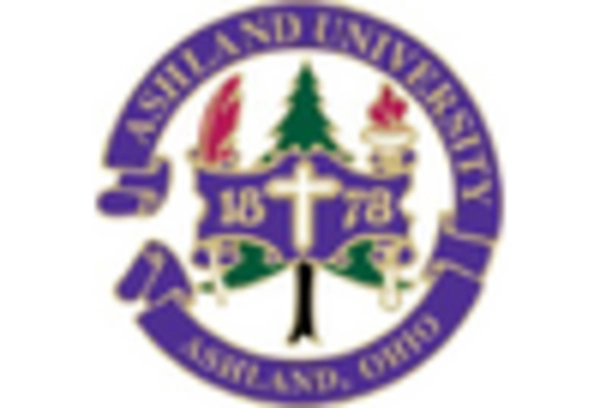

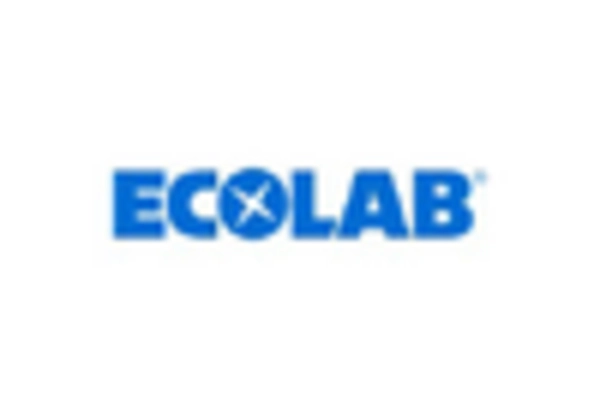
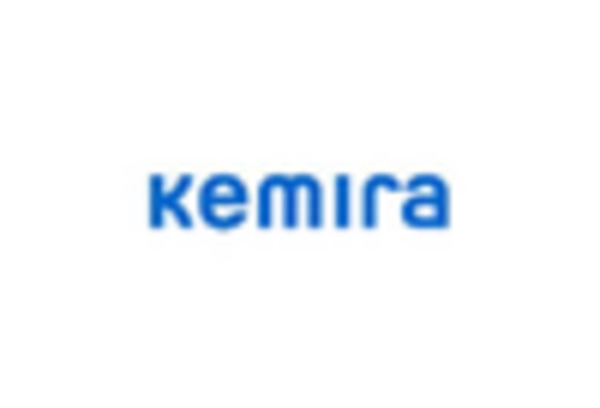

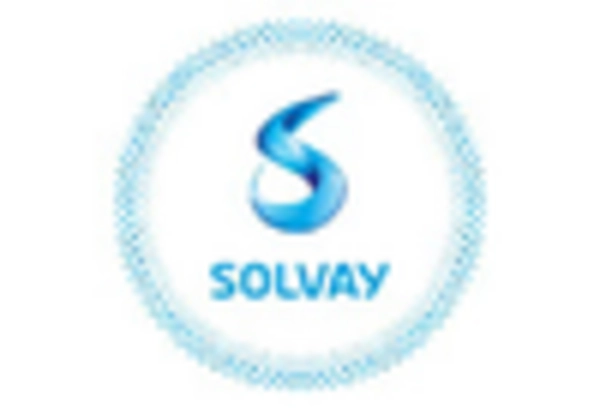








Leave a Comment